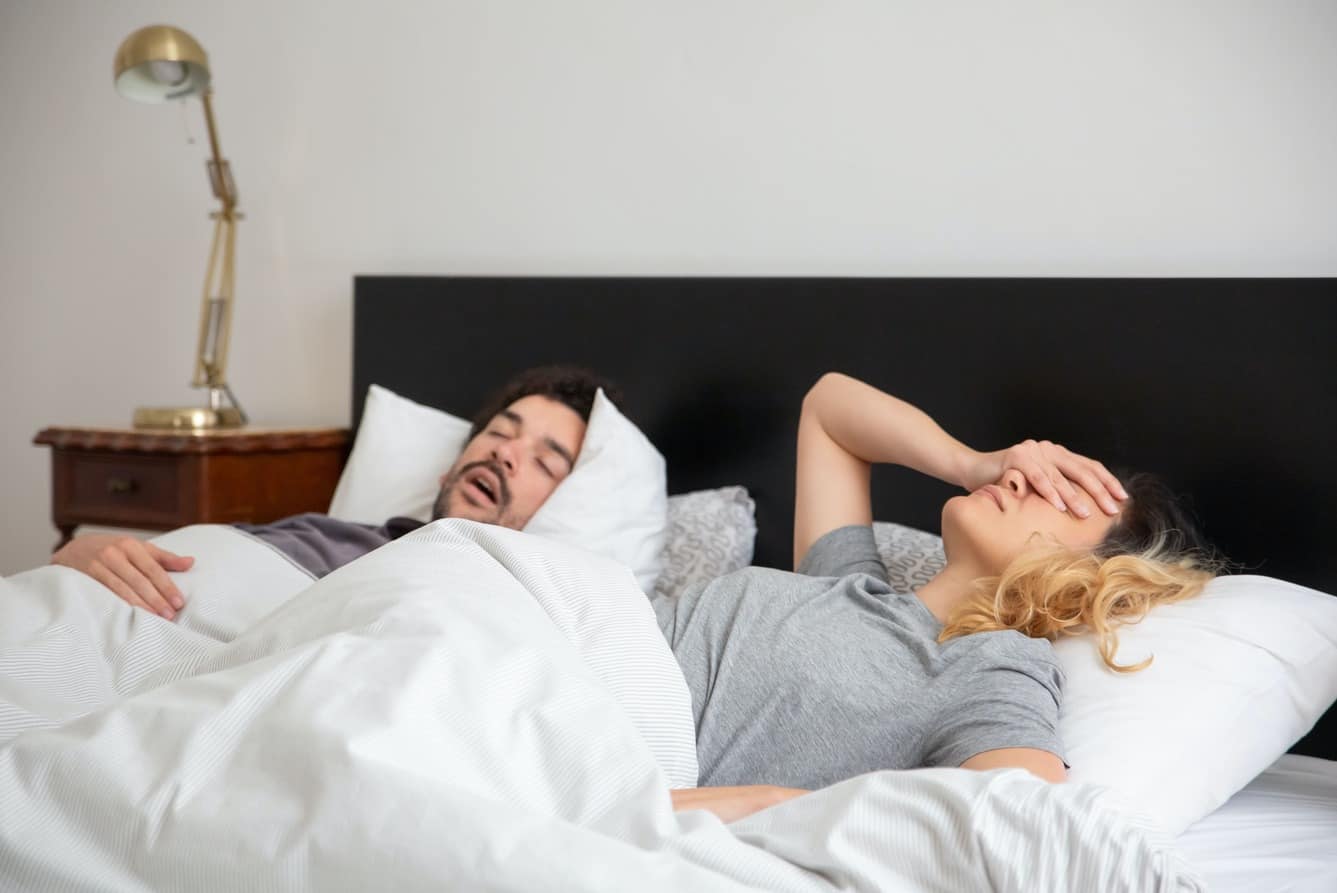While supplemental oxygen is an indispensable tool for those with breathing problems, relying on it can sometimes feel a bit inconvenient, especially when going on a trip. But with the right preparation, traveling with portable oxygen concentrator–whether by car, plane, or other modes of transportation–can be a safe and easy experience.
In this guide, we’ll help you make the rest of your journey smooth sailing, even with a concentrator in tow. Learn the answers to common questions like: can you bring oxygen on a plane? What should you do before heading out? And how can you navigate airport security?
Understanding Air Travel Regulations
Can you take oxygen on a plane? According to this advisory circular by the Federal Aviation Administration (FAA), US aircraft carriers with at least 19 seats should allow patients on oxygen therapy to bring their concentrators–as long as they meet the organization’s standards.
Now what if you don’t own a concentrator? Can you fly with oxygen tank?
In the same circular, the organization states that passengers are advised against bringing compressed oxygen and liquid oxygen tanks on board. Luckily, you can rent a travel concentrator if buying one is out of the question.
If you’re not from the US, make sure to check the regulations of your country’s civil aviation authority–they might be different from the FAA’s policies.
It’s also important to check with your airline in advance. They may have specific traveling with portable oxygen concentrator rules.
Types of Oxygen Concentrators. Which one is available for travel?
The answer to “Can you fly with oxygen?” is a resounding yes. But not all oxygen concentrators are suitable for travel.
Some are smaller and lighter than others. Plus, you have to consider factors like their power source and whether they’re FAA-approved.
Portable Oxygen Concentrators
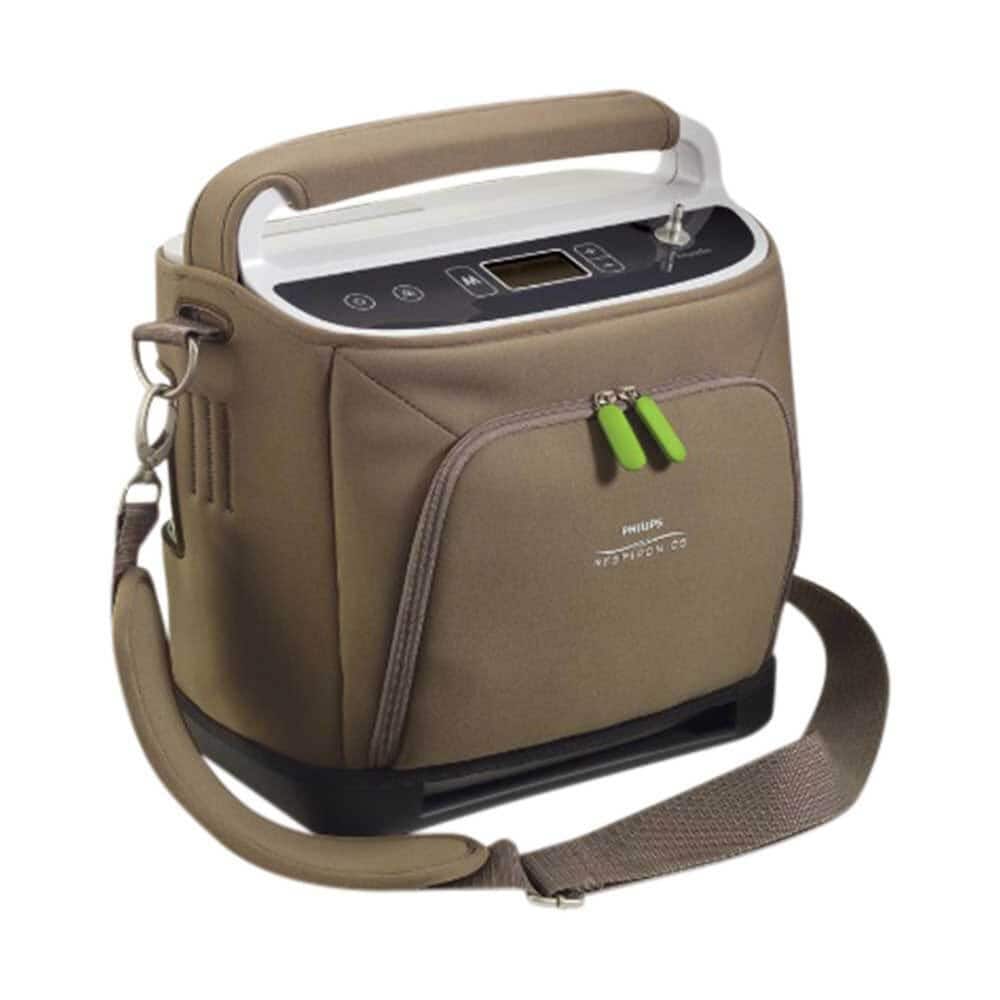
Designed with travel in mind, portable oxygen concentrators run on rechargeable batteries. Before buying one, be sure to check the machine’s battery life, so you’ll know how long it can go until its batteries need recharging or replacing.
Another thing to consider is the portable concentrator’s size, weight, and overall mobility. Luckily, most FAA-compliant concentrators are easy to carry. Some popular models include the Philips Respironics SimplyGo and EverGo, Inogen One, and DeVilbiss iGo.
Stationary Oxygen Concentrators
Stationary or home oxygen machines, on the other hand, are on the bulkier side. You also need to plug them in to operate them, so they’re better suited for home use.
When traveling with oxygen, you’ll want to use a portable concentrator. Not only is it more convenient to bring–it’s also the only oxygen delivery system approved for air travel.
Pre-Flight Preparations
Before you travel with oxygen concentrator, there are several things you need to prepare:
- Appointment with your doctor: Weeks before your trip, ask your physician whether it’s safe for you to fly and how high your oxygen setting should be during the flight.
- Required paperwork: Ask your airline about the requirements for passengers carrying concentrators. Depending on the airline, they may need a few days or weeks advance notice and your doctor’s prescription. Or they might provide their own medical form, which needs to be signed by your doctor.
- Batteries: Ensure your oxygen machine’s batteries have enough power to cover the entire journey, including unexpected delays.
Packing Your Oxygen Equipment
Apart from securing your oxygen concentrator in your carry-on bag (while keeping it readily accessible), here are other things you’ll need to bring for a worry-free trip:
- User manual (in case you need to do some troubleshooting during your trip).
- Spare batteries. Contact your airline and the Transportation Security Administration (TSA) and confirm the type and number of batteries allowed in your carry-on.
- Power cord for charging batteries
- Extra cannulas.
- Pulse oximeter to monitor your oxygen levels during changes in altitude.
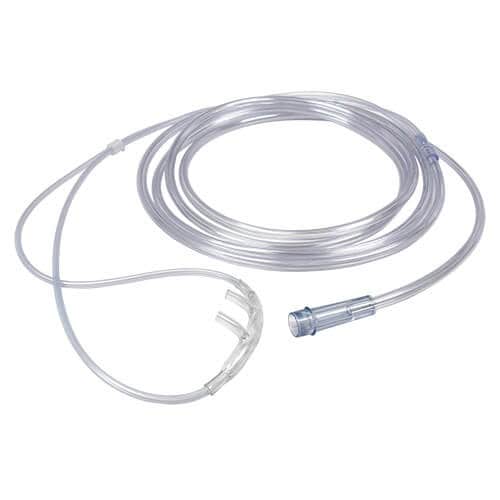
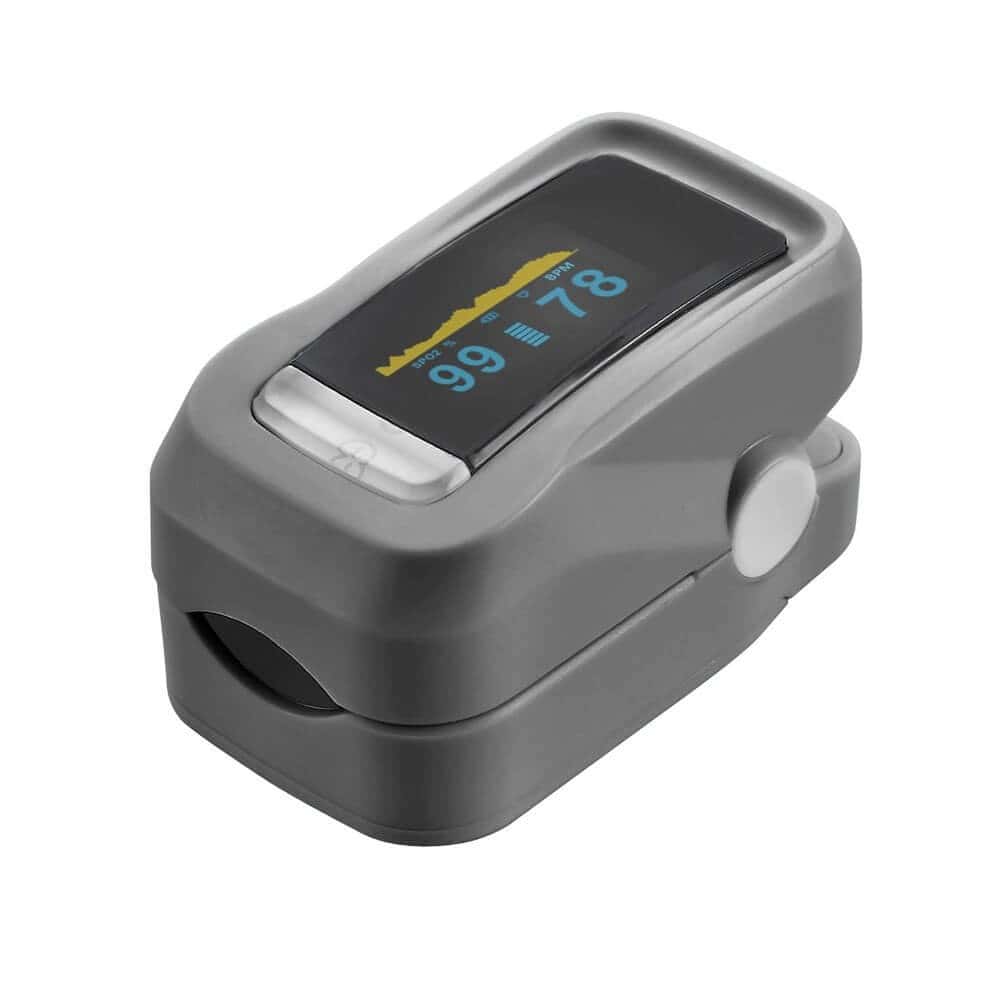
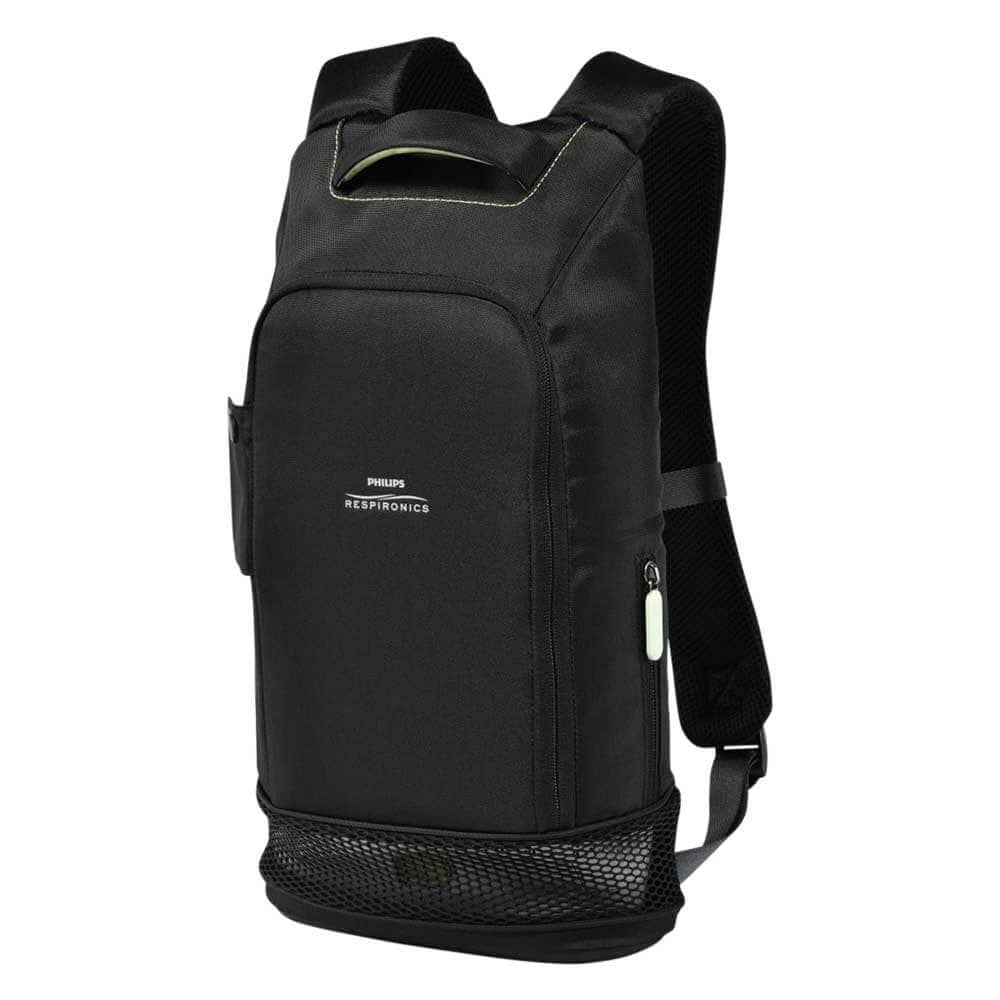
Airport Security and TSA
When going through airport security, be ready for additional screening. While the TSA officers are trained to handle medical devices, the process might take a bit longer. Contact the TSA ahead of time to learn more about the process and their guidelines for packing your oxygen equipment.
In-Flight Oxygen Use
As soon as you board the plane, inform the cabin crew about your oxygen needs. That way, they can provide you with the necessary assistance for a safe and comfortable flight.
Keep in mind that you can’t plug in your oxygen concentrator during the flight. While fully charged concentrator batteries will likely last the duration of your plane journey, packing extra ones can go a long way.
Traveling with Oxygen Overseas
Planning to travel with oxygen concentrator abroad? Here are a few things to keep in mind:
- Advance notice: International airlines will need up to two weeks advance notice–which is longer than what local airlines require (48 to 72 hours).
- Voltage and power adapters: Different countries have varying electrical standards. If needed, don’t forget to bring the right power adapters and converters.
- Local regulations: Make sure to do your research about your destination country’s regulations for traveling with medical equipment. Some countries might need specific permits for the use of oxygen concentrators.
Traveling with Oxygen on Different Modes of Transportation
When traveling with oxygen by car, it’s important to securely fasten your equipment to keep it from moving during your road trip. Consider bringing a car adapter as well for on-the-go charging.
For train, bus, or boat travel, contact the transportation company in advance to discuss your needs. They may have specific guidelines for traveling with oxygen equipment.
Planning a Stress-Free Journey
Whether you’re traveling with oxygen by car, bus, or plane, you can enjoy your journey with careful planning. So remember to:
- Use an FAA-approved portable oxygen concentrator
- Discuss your travel plans with your doctor, airline, and the TSA a few weeks before your travel date
- Research voltage differences and local regulations when traveling abroad
- Pack the necessary paperwork, your user manual, and a complete set of oxygen supplies, including extra batteries
- Contact the transportation provider when traveling by land or sea
- Secure your oxygen equipment, whichever mode of transportation you’ll be using
Summary
Having to travel with oxygen concentrator might seem like an insurmountable task. But as long as you plan ahead and bring everything you need, your trip will definitely be a comfortable and enjoyable experience.
At RespShop.com, we offer oxygen concentrators for rent and for sale. If you have any questions, feel free to get in touch with our medical team for one-on-one support using one of the three contact options below.






